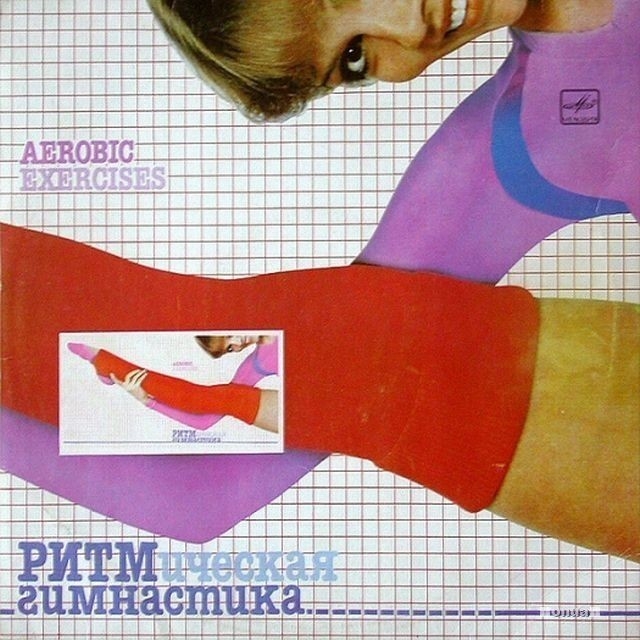The first Rutland State Fair took place in 1846, making this one of the oldest state fairs in the United States. The fair became popular enough that, in 1849, the Rutland Railroad began putting extra cars on their trains to bring people from all over Vermont and Western New York to visit. After moving around Rutland County for a few years, the Rutland Fair grew closer to Rutland City, sometimes setting up on land owned by John Cain (now Grove Street, north of Crescent) or on the old Baxter Estate.
The fair was given a permanent home in 1856. The land at 175 South Main Street in Rutland, VT was originally known as the Rutland County Park. The fair, officially renamed the "Vermont State Fair" in 1972, is still held at this location today.
In 1941, Farm Security Administration photographer Jack Delano documented the festivities at the fair in Rutland, even springing to shoot a few rolls in color.
The fair was given a permanent home in 1856. The land at 175 South Main Street in Rutland, VT was originally known as the Rutland County Park. The fair, officially renamed the "Vermont State Fair" in 1972, is still held at this location today.
In 1941, Farm Security Administration photographer Jack Delano documented the festivities at the fair in Rutland, even springing to shoot a few rolls in color.























































.jpg)



